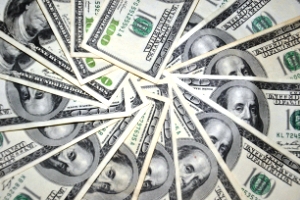Trending
Negative rates can make real estate loans costlier

Some real estate investors are finding that negative interest rates can actually raise their borrowing costs.
A lobbying group called the Commercial Real Estate Finance Council contends the possibility that interest rates will decline further is a growing concern for many real estate companies with adjustable-rate loans.
The Wall Street Journal reports that the reason centers on the structure of interest rate swaps, commonly sold along with adjustable-rate real estate loans. Swaps convert the loan payments from adjustable amounts to fixed amounts.
Here is how such a swap works: The real estate company receives additional payments from the swap counter-party if interest rates rise. But if interest rates decline but remain positive, the amount of the counter-party’s payments to the borrower also decline.
According to the Commercial Real Estate Council, banks making adjustable-rate real estate loans commonly structure them so their interest rates never drop below zero even if comparable prevailing rates turn negative.
But swaps usually have no such limit. So as interest rates descend below zero, the decline in the real estate company’s loan payments reaches a limit while the company makes increasing payments to the swap counter-party.
Mark Battisoni, London-based managing director of U.S. financial advisory firm Chatham Financial, told the Wall Street Journal that higher payments to their swap counter-party have hit many real estate companies:
“It’s not going to kill real estate deals. But it’s not a happy surprise,” Battisoni told the Journal. [The Wall Street Journal] — Mike Seemuth




